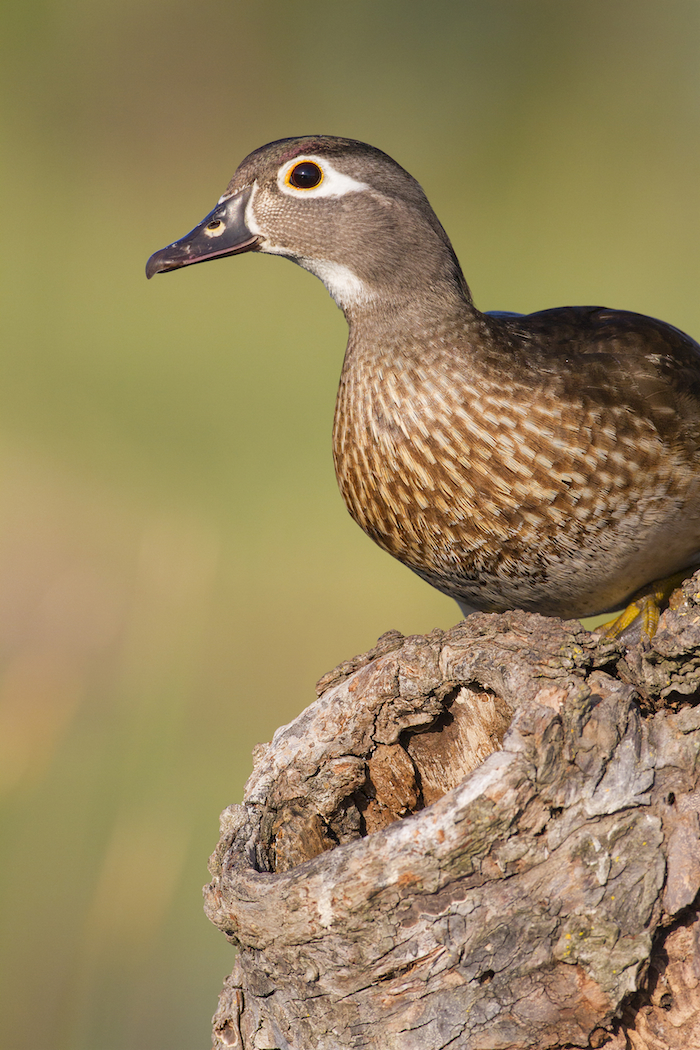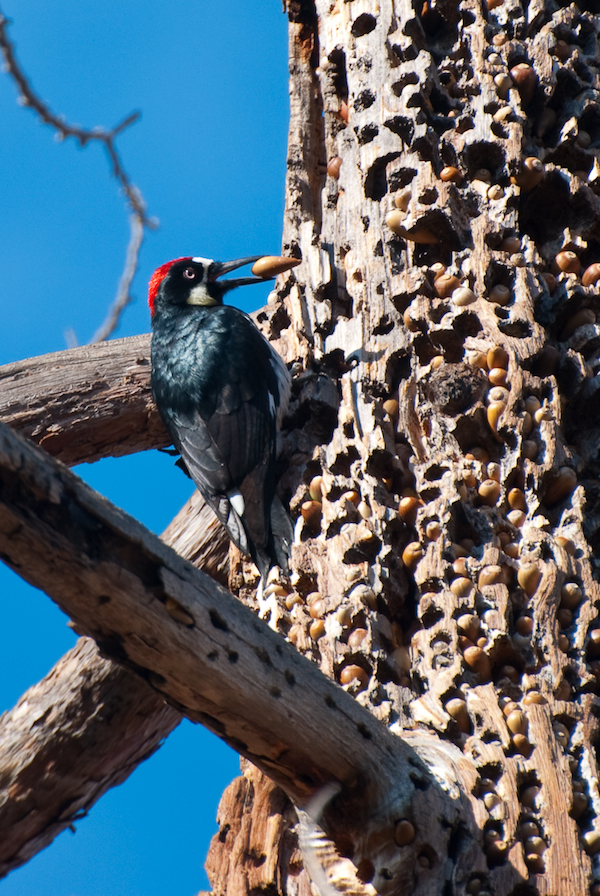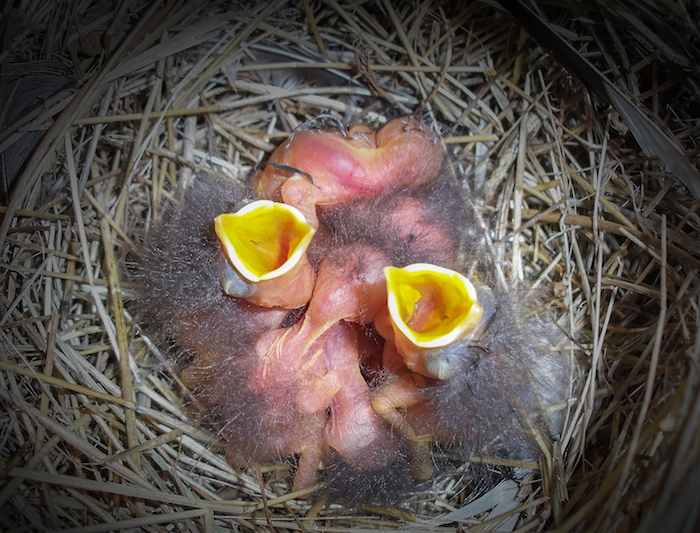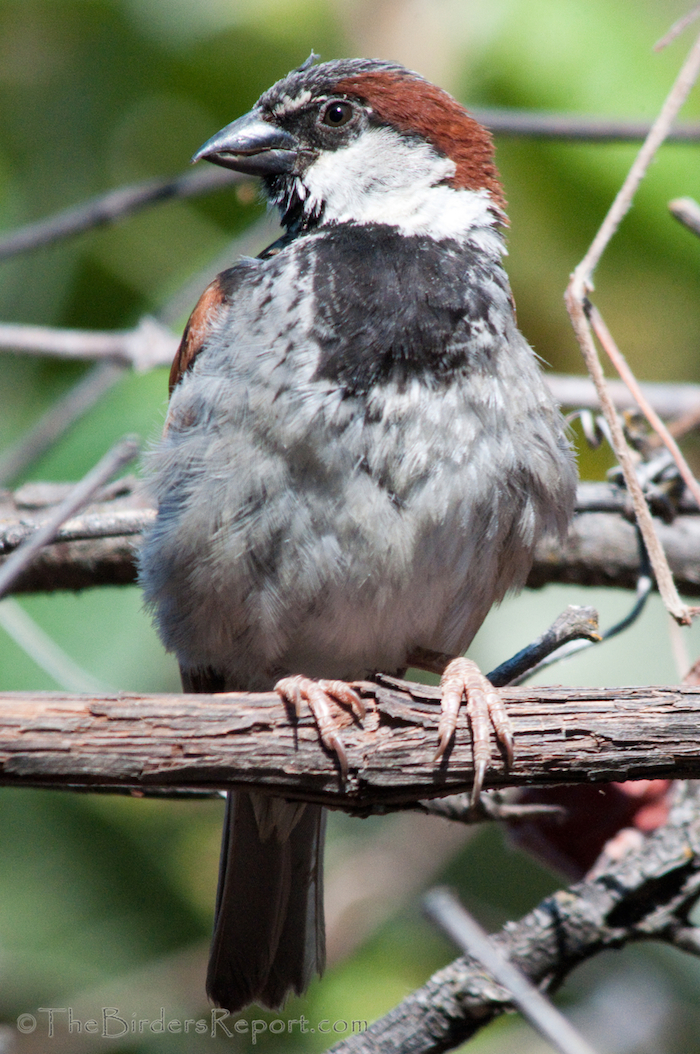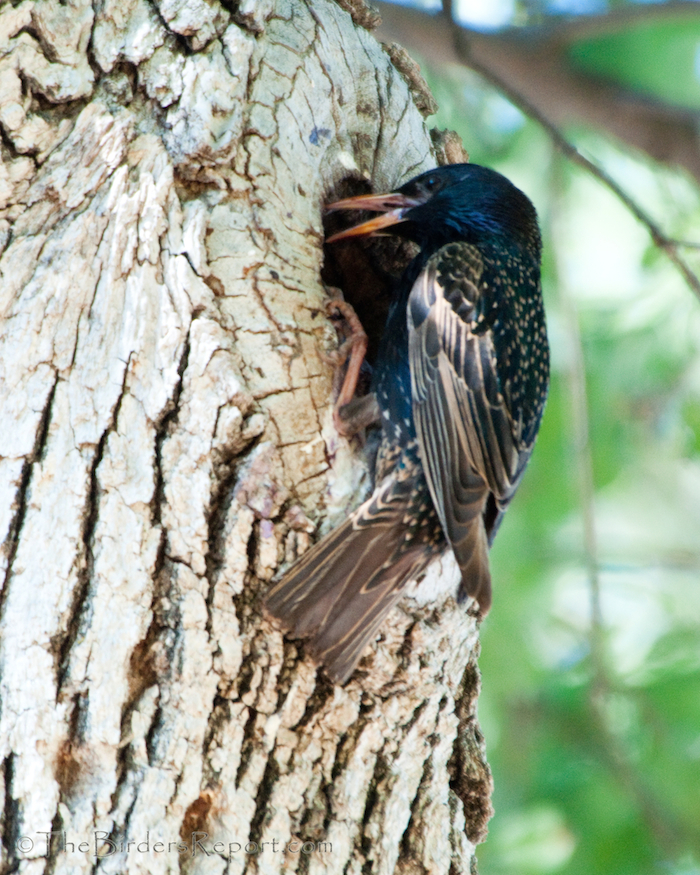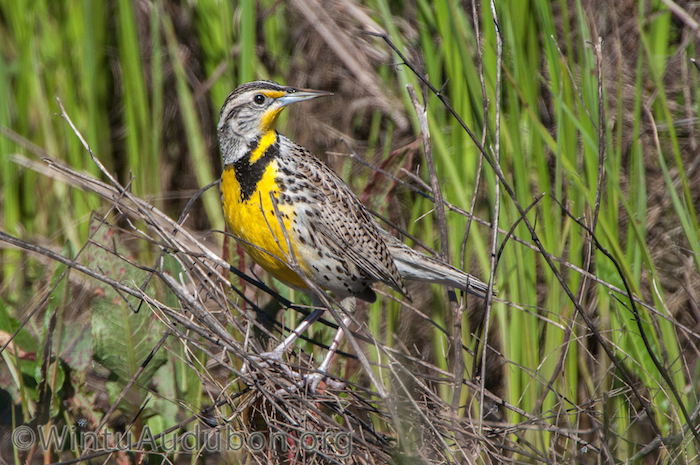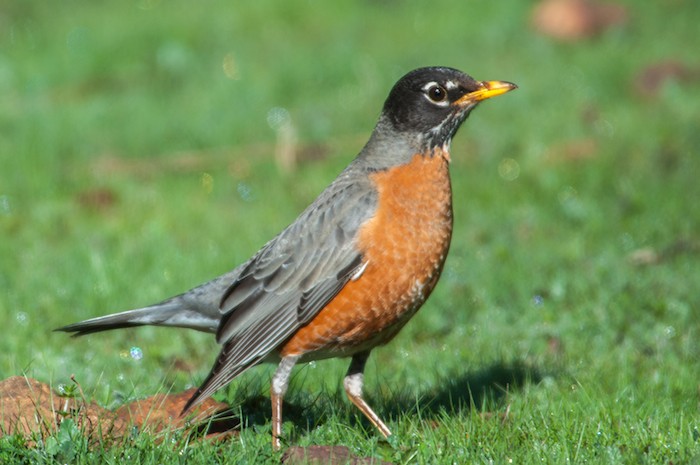
American Robin
John James Audubon reports that when at the age of eighteen he emigrated from France to the New World, “The first land-bird seen by me, when I stepped upon the rugged shores of Labrador, was the Robin, and its joyful notes were the first that saluted my ear… I could scarcely refrain from shedding tears when I heard the song of the Thrush, sent there as if to reconcile me to…the barren aspect of all around.”
While the age of birdsong eliciting tears has largely been buried by hastier technologies, Audubon’s raw experience is something most of us can still find in our own backyards and parks. Reported to be the second most numerous land bird living in North America today, the robin remains a soulful beauty, so common as to be almost overlooked.
As Audubon noted, the robin is a thrush, a family that includes bluebirds and several speckle-breasted singers of deep forests. More than any other thrushes the robin has accommodated human civilization. It thrives wherever there is moist earth, trees and shrubs, and a supply of fruit, berries, and insects. From those places it seems to greet us vigorously. Its song, often the first in the morning and the last at night, is not the haunting flute of its thrush cousins but rather a lengthy and cheerful burbling punctuated with lively chirps. Nor does the robin confine itself to woodsy shadows. Most of us see it out in the open, pulling worms from a rain-wet lawn, or gracing the day from a skyward perch.
Robins range over most of the continent, wintering across the US and well into Mexico, and extending their nesting range high into Canadian forests. Redding often hosts large flocks in winter. Sometimes thousands of them will roost together high in cottonwood trees along the river, joining in avian lullabies at dusk—a treat for Turtle Bay visitors. As spring comes, the winter migrants will fan back northward. The flocks disappear. The locals pair up.
Alert observers may notice clear differences among different robins. All adults have yellow bills, and in some birds the white around the eye is striking. Their breast feathers may show a deep chestnut color, or brick red, or pale orange. Some birds will flash a glimpse of white at the corners of their tails. In general, female birds are paler, which serves well as they tend the nest. Other differences occur geographically. Robins are grouped into seven subspecies, but they interbreed, so their differences are not abrupt but rather blend from one to the other.
Females build the nest, mostly of grass and mud. She incubates 3-5 blue eggs for twelve to fourteen days. She will leave the eggs briefly to find food, but the male feeding his mate on the nest has been observed. Both parents care for the young through their fledging in another two weeks. Then the male may continue to look after the fledglings while the female, if weather and the insect supply permit, starts a second or even third nest.

